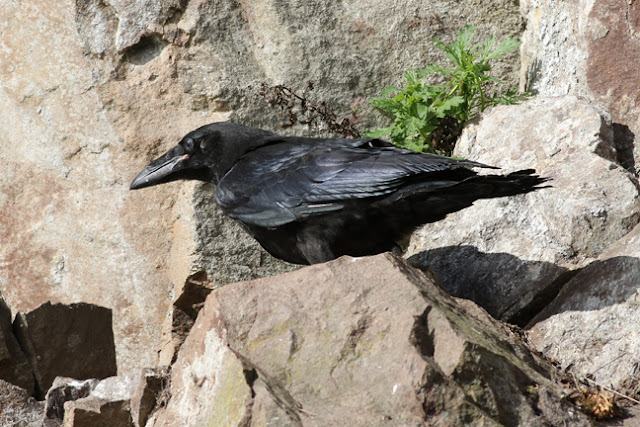The INternational Gull Meeting was held at Bad Düben Brandenburg Germany. I joined Peter Rock from Bristol at Heathrow and we took an early morning flight to Munich and from there we continued on to Leipzig.
Over the three days we enjoyed some excellent talks and had a day in the field watching the gulls of the area.
At the first site, Muhlberg-See, we enjoyed good but distant views of a mixed gull colony. Just to give the identification enthusiasts, me included, a headache we watched a pair of gulls copulating and they weren't of the same species. The colony didn't appear to be doing too well and the appearance of a Fox on the island perhaps explained why.
After enjoying the gulls, a Ring Ouzel and lots of kites we moved on to Grabendorfer-See. Here a large colony of mixed gull species could be seen, but again distantly. With the aid of a remote camera we got views of the gulls on a large screen in the information centre. We even managed to read a colour-ring using the camera.
The next site, Sedlitz-See, offered us a much better chance to see the gulls. We took to the water at this site in an odd shaped boat. It was raining hard by this time, but we managed to sink a few beers on the way out to the islands. The lucky ones managed to get under cover.
To see a collection of my gull photos
CLICK HERE for my Flickr Gallery
As we neared the islands we could see the gulls and we soon lured them to us with a few loaves of bread. I managed to take loads of images and most were identifiable as Caspian Gulls. I wasn't quite prepared for how massive some of the male Casps were and their bills were very brightly coloured. That may have something to do with the iron oxide in the water?
The gull below is very interesting, its wings are far plainer than I would expect, but I am told by my friends in Europe that it is within the known variation.
As I said, the adult Caspian Gulls were real beasts. It has made me think that maybe the females are the wanderers, as I don't see many that measure up to the large males.
 |
| Photo by Klaus Hein |
 |
| The IGM Team (photo by Ronald Klien) |
It was a great trip, which gave me the chance to meet some of the guys that I communicate with on a regular basis.
Thanks to Ronald Klien for organising the event.

























